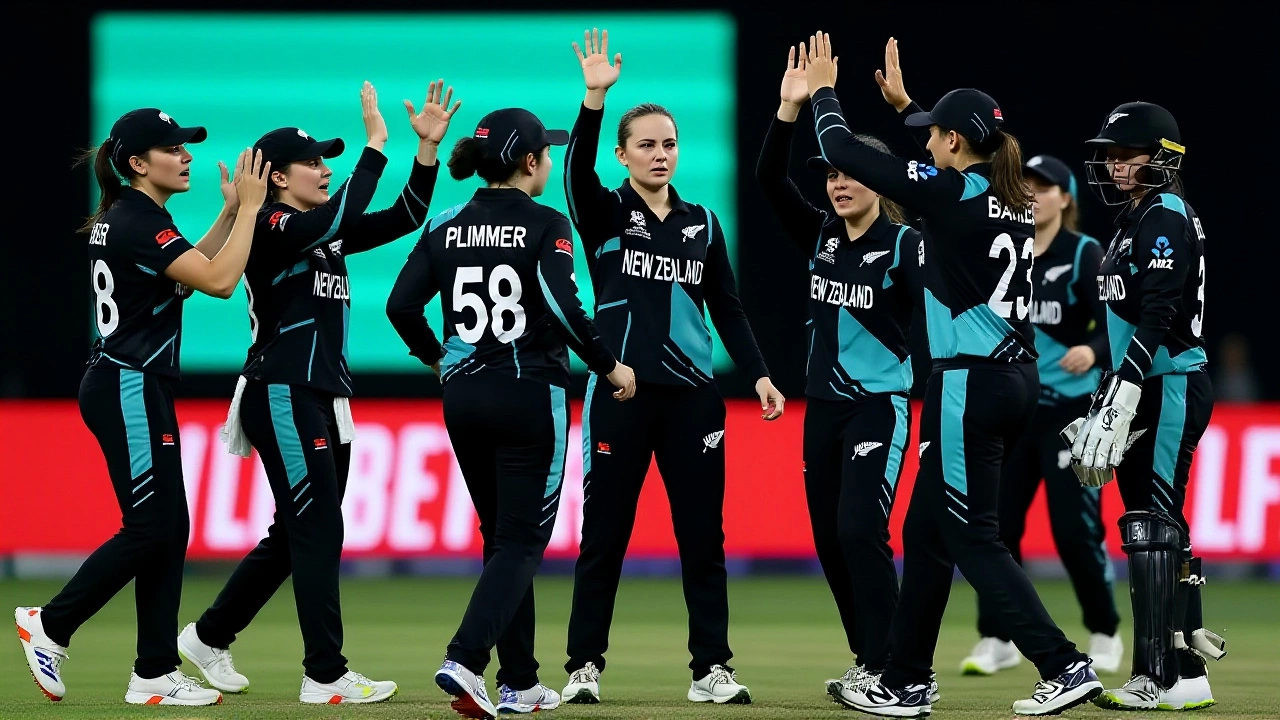Women's T20 World Cup
When the Women's T20 World Cup, the premier international tournament that pits the best women's national teams against each other in the fast‑paced Twenty‑20 format. Also known as ICC Women's T20, it brings together athletes from dozens of countries for a showcase of skill, power, and strategy is organized by the International Cricket Council, the global governing body that sets the rules, schedules the matches, and ensures fair play across continents. The event runs under the T20 format, a 20‑over‑per‑side version that forces teams to balance aggression with consistency. This combination of elite women’s cricket and a bite‑size, high‑energy game makes the tournament a magnet for fans, sponsors, and new players alike.
How the tournament is structured
Each edition starts with a qualifying stage where emerging nations compete for a limited number of spots in the main event. Those qualifiers, often called the ICC Women's T20 World Cup Qualifier, filter into the group phase, which typically features twelve teams split into three pools. The top two squads from each pool, plus the two best third‑place teams, move on to the knockout round. This format rewards consistency; a single upset can shift a team’s fate, but overall performance determines who reaches the semi‑finals and, ultimately, the final showdown.
Beyond the brackets, the tournament feeds into the player rankings system maintained by the ICC. Players accumulate points based on runs, wickets, and match impact, which then influences team selections, contract offers, and even fantasy league values. Knowing where a batter stands in the strike‑rate leaderboard or a bowler ranks in economy rate can help fans predict outcomes and understand the strategic moves coaches make during a match.
What sets the Women's T20 World Cup apart is its ripple effect on the sport’s growth. Broadcasting deals now reach billions of homes, and sponsors see a return on investment through brand exposure during high‑viewership matches. The tournament’s success also fuels grassroots programs; national boards often allocate a portion of revenues to develop academies, coaching clinics, and school‑level competitions, creating a pipeline of talent that will compete on the world stage in years to come.
Star players become household names almost overnight. A batter who smashes a 70‑run blitz in a quarter‑final can see her social media following skyrocket, while a bowler delivering a four‑for‑12 spell often lands a lucrative brand endorsement. These personal stories add a human dimension to the statistics, giving fans relatable heroes to cheer for. Moreover, the fast‑moving nature of T20 cricket means that every over can change the game's narrative, keeping audiences engaged from the first ball to the last.
All of this context prepares you for the deep dive that follows. Below you’ll find a curated selection of articles covering tournament updates, player analyses, tactical breakdowns, and the broader impact of the Women’s T20 World Cup on the sport. Whether you’re tracking your favorite team’s progression, learning how to read a match’s turning points, or simply curious about how the event shapes women’s cricket worldwide, the collection offers practical insights you can use right away.
New Zealand edges West Indies by 8 runs in T20 World Cup semi‑final
0 Comments
New Zealand beats West Indies by eight runs in the ICC Women's T20 World Cup semi‑final in Sharjah, securing a spot in the final against South Africa and setting up a historic first‑time champion showdown.
Read More